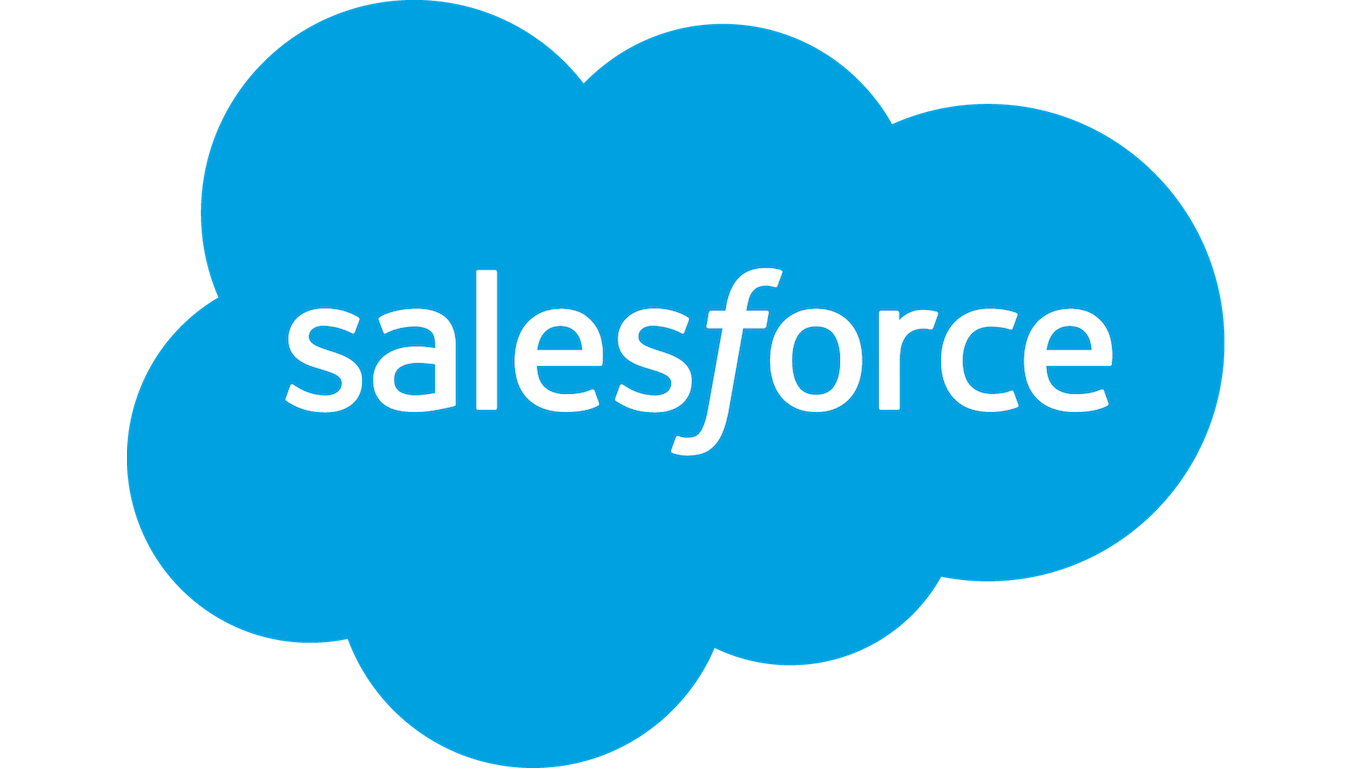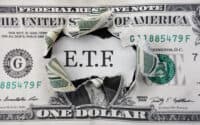
In today’s high-speed, electrifying world of stock market investments, Salesforce Inc. (NYSE: CRM) emerges as a beacon of innovation, commanding the attention of Wall Street with its pioneering cloud computing solutions and a track record of substantial growth. Yet, as we venture beyond the surface of this technological giant’s impressive facade, a more nuanced, complex picture begins to unfold. Let’s embark on a deep dive into the heart of Salesforce’s current situation. We’re not just scratching the surface; we’re talking rigorous analysis, dissecting P/E ratios, net margins, and the whole nine yards. It’s time to see why, in this moment, hitting the brakes on CRM might just be the wisest move. Buckle up, folks—this is not your garden-variety investment advice.
The Allure and The Alarms of Salesforce

Salesforce, a colossus in the realm of customer relationship management software, finds itself at a precarious juncture. Despite a seemingly robust performance, with a reported revenue leap to $7.84 billion in its latest quarter—a commendable 14% year-over-year growth—the underlying currents tell a tale of caution. A closer, more discerning look at Salesforce’s fundamentals uncovers red flags that savvy investors cannot afford to ignore.
Reason 1: The Mirage of Sky-High Valuations

At the forefront of our concerns is Salesforce’s lofty valuation. The behemoth currently boasts a price-to-earnings (P/E) ratio of an eye-watering 111x, alongside a price-to-book (P/B) ratio of 8.7x. To put these figures into perspective, the broader S&P 500 index trades at a P/E of merely 19x and a P/B of 3.5x. Such premium valuations might be justifiable for a company on the brink of groundbreaking growth; however, Salesforce’s PEG ratio, marked at 1.39x, signals a mismatch, suggesting an overvaluation that the company’s growth trajectory might not sustain. When considered together, the high P/E ratio and PEG ratio suggest that Salesforce’s stock is overvalued relative to its expected earnings growth. This means that investors are paying too much for the company’s stock, and that they may not see a good return on their investment.
Reason 2: The Eroding Foundations of Profitability

Despite Salesforce’s revenue chart pointing north, its profitability paints a starkly different picture. From a net profit margin of 4.9% two years prior, we’ve seen a slide down to a mere 3.3% in the latest quarter. Adjusted figures further illuminate the issue, with the company’s pre-tax margin dwindling to 8% over the trailing twelve months. This decline in profitability, especially in an era where operational efficiency is king, signals trouble. The deterioration suggests Salesforce’s increasing struggle to translate its revenue growth into tangible earnings, casting a long shadow over its valuation and future prospects.
Reason 3: The Stalling Engine of Earnings Growth

The final nail in the coffin comes from Salesforce’s stalling earnings growth. Gone are the days of double-digit leaps; the company now finds itself grappling with an anemic adjusted earnings per share (EPS) growth rate of 3.8% over the past five years. Looking ahead, the forecast remains bleak, with consensus analyst estimates pegging EPS growth at a modest 7% over the next year. In the face of such sluggish growth, the exorbitant 111x P/E ratio appears increasingly unjustifiable, raising serious doubts about the stock’s attractiveness at current levels.
A Closer Look at Financial Metrics and Strategic Insights

As we peel back the layers of Salesforce’s valuation, profitability, and earnings growth, the reasons for concern become increasingly evident. The company’s inflated P/E and P/B ratios, when juxtaposed against the S&P 500’s averages, highlight a significant overvaluation risk. Furthermore, the deteriorating net margins and sluggish revenue and earnings growth underscore deeper operational and competitive challenges.
Navigating Through Strategic Concerns

The competitive landscape for Salesforce is intensifying, with rivals both old and new vying for dominance. This heightened competition threatens to undercut prices and erode margins, posing long-term risks to Salesforce’s market position and growth potential. Salesforce is experiencing heavy competition in the customer relationship management software industry from Oracle Corporation (NYSE: ORCL), Microsoft Corporation (NASDAQ: MSFT), SAP SE (FSE: SAP), Adobe Inc. (NASDAQ: ADBE), and Hubspot Inc. (NYSE: HUBS). That’s a lot of competition! Moreover, the rapid pace of technological innovation and shifting market dynamics demand agility and foresight—qualities that Salesforce must demonstrate to maintain its edge.
In Conclusion: Treading with Caution

In light of the insights garnered, it becomes clear that Salesforce, despite its storied past and undeniable market presence, currently presents a conundrum for investors. The confluence of overvaluation, weakening profitability, and decelerating earnings growth paints a picture of a stock fraught with risks. In the spirit of prudent investment strategy and analytical rigor, it is perhaps wise to exercise caution, awaiting more favorable conditions before considering an investment in Salesforce.
As we conclude this deep dive, let us remember that the essence of savvy investing lies not just in the stocks we choose but in recognizing the opportune moments to make those choices. Salesforce, with its current challenges, underscores the importance of thorough analysis and a discerning approach to investment decisions. To check out an interesting trade on Salesforce, check out Unusual Put Option Trade in Salesforce Worth $515.53K
Are You Ahead, or Behind on Retirement? (sponsor)
If you’re one of the over 4 Million Americans set to retire this year, you may want to pay attention.
Finding a financial advisor who puts your interest first can be the difference between a rich retirement and barely getting by, and today it’s easier than ever. SmartAsset’s free tool matches you with up to three fiduciary financial advisors that serve your area in minutes. Each advisor has been carefully vetted, and must act in your best interests. Start your search now.
Don’t waste another minute; get started right here and help your retirement dreams become a retirement reality.
Thank you for reading! Have some feedback for us?
Contact the 24/7 Wall St. editorial team.





